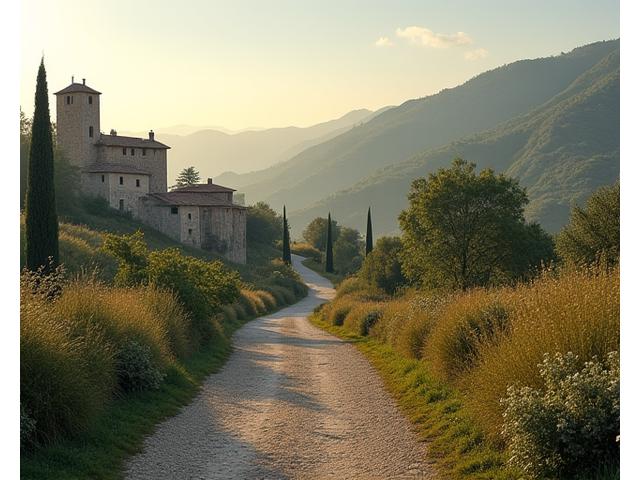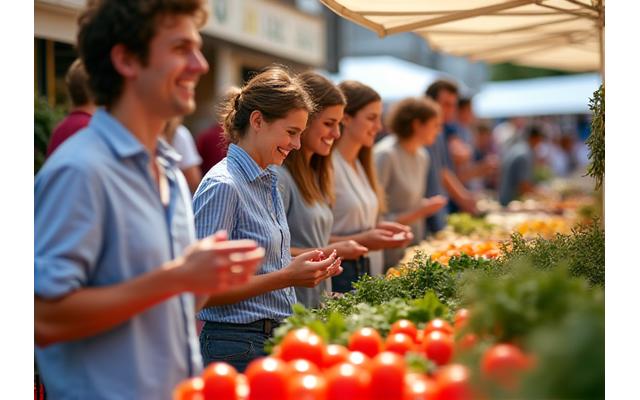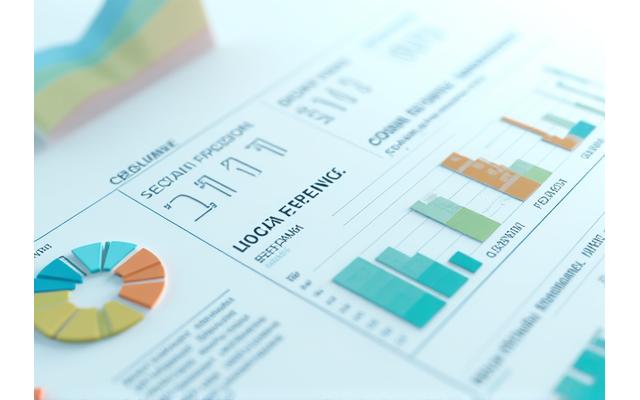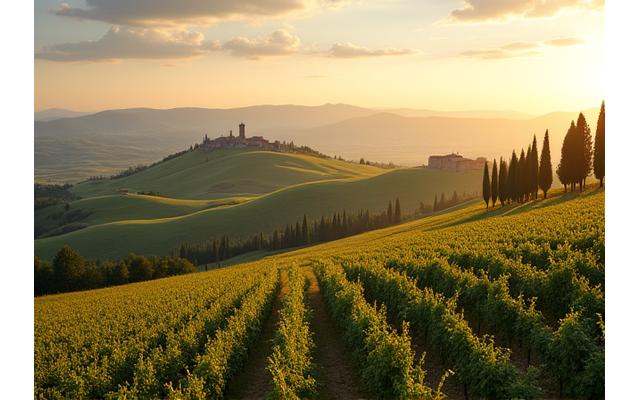Slow Tourism: Quality Over Quantity
The travel landscape is shifting, with a monumental 68% of modern travelers prioritizing depth over destinations. No longer content with a hurried checklist of sights, today's explorer seeks genuine engagement, sustainable practice, and profound impact. This philosophical shift in motivation presents an unparalleled opportunity for destinations to redefine their value, reduce environmental strain, and secure higher per-visitor revenue.
- Visitors stay 3x longer, deepening local engagement and spending.
- Destinations experience reduced infrastructure strain and enhanced local harmony.
- Mindful travel reduces environmental impact by 67% per visitor compared to traditional models.

Authentic Local Experience Development

Community-Integrated Programs
Develop immersive programs where visitors genuinely engage with local communities, from homestays to participating in daily life, fostering cultural exchange and mutual respect.

Traditional Craft Workshops
Offer visitors hands-on opportunities to learn traditional crafts from master artisans, preserving heritage while providing memorable, skill-sharing experiences.

Farm-to-Table Culinary Journeys
Curate culinary deep-dives focusing on regional specialties and sustainable sourcing, connecting travelers directly with local farmers and chefs.
Our research indicates local experience spending increases by a remarkable 89% with extended stays, demonstrating the profound economic impact of these authentic connections.
Measuring Slow Tourism Success
Understanding the true impact of slow tourism requires robust, data-driven metrics. We focus on key performance indicators that reflect both economic vitality and sustainable practices, moving beyond simple visitor counts to evaluate the quality of interaction and long-term benefits for destinations and communities alike.
- **Length of Stay:** Directly impacting local spending and deeper immersion.
- **Local Spending Multiplier:** Tracking direct and indirect economic contributions.
- **Environmental Footprint Reduction:** A 67% lower carbon footprint per visitor.
- **Community Employment & Cultural Preservation:** Quantifying social benefits.

Deep Cultural Connection Strategies
Authentic Language Exchange Programs
Facilitate genuine interaction through structured language exchange, connecting visitors with local residents for mutual learning and deeper cultural understanding beyond typical tourist activities.
Traditional Home Cooking Classes
Offer immersive culinary experiences in local homes, not just restaurants, where visitors learn family recipes, connect with hosts, and understand the cultural significance of cuisine.
Artisan Apprenticeships & Craft Preservation
Curate opportunities for travelers to apprentice with local artisans, learning traditional crafts and contributing to the preservation of cultural heritage and local economies.

Strategic cultural immersion programs have been shown to boost destination loyalty by an impressive 156%, transforming visitors into genuine advocates for your region.
Case Study: Tuscany's Slow Tourism Renaissance
Once contending with the pressures of mass tourism, Tuscany embarked on a transformative journey towards a slow tourism model, prioritizing quality engagement over sheer volume. This strategic shift has not only preserved its authentic charm but demonstrably enhanced its economic viability and environmental sustainability.
- **Revenue Growth:** A remarkable 45% increase in revenue despite a targeted 20% reduction in overall visitor numbers.
- **Community Integration:** New programs fostered deeper local engagement, leading to a 30% increase in local business patronage.
- **Infrastructure Adaptation:** Successful re-allocation of resources to support longer stays and dispersed tourism, alleviating pressure on hotspots.

Tuscany's success demonstrates that a conscious shift towards authentic, quality-driven tourism is不僅 sustainable and beneficial for local communities but also highly profitable. These replicable strategies offer a clear path for other destinations facing similar pressures.
Transform Your Destination's Tourism Model
Ready to cultivate a more sustainable, profitable, and authentic tourism future for your region? Next Horizon offers expert guidance to transition your destination to a thriving slow tourism hub.
- Comprehensive Slow Tourism Strategy Development
- Community Engagement & Stakeholder Alignment
- Targeted Marketing for Mindful Travelers
- Infrastructure Adaptation for Extended Stays
- Ongoing Performance Measurement & Optimization